Basketball Injury Prevention: Best Practices for Reducing Injury Risk
Basketball demands frequent sprinting, cutting, jumping, and abrupt changes of direction. These high intensity movements place stress on joints, muscles, and connective tissues. Effective injury prevention is essential for maintaining player longevity, ensuring consistent performance, and reducing time lost to rehabilitation.
Contents – Basketball Injury Prevention
- Common Basketball Injuries
- Best Practices for Injury Prevention
- The Role of Athlete Monitoring Technology in Injury Prevention
- Using Video Analysis for Injury Prevention
- Combining Best Practices with Technology
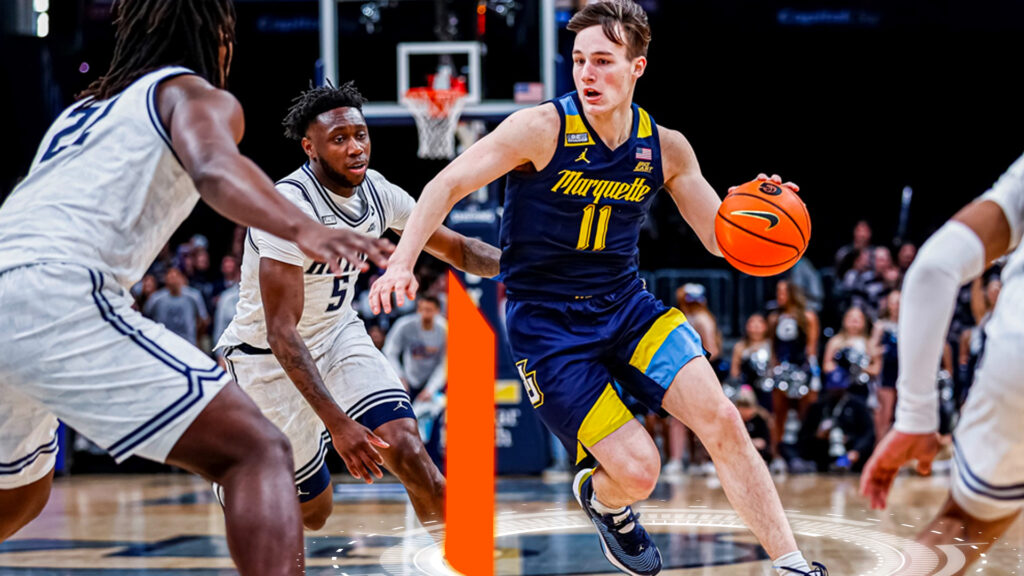
Common Basketball Injuries
Injuries in basketball range from acute sprains to chronic overuse conditions. Understanding the most frequent injury types helps coaches, trainers, and athletes prioritize prevention strategies.
Ankle and Knee Injuries
Ankle sprains are the most common acute injury, often occurring when landing on another player’s foot or rolling the ankle during a cut. Knee injuries such as tears to the anterior cruciate ligament (ACL) and medial collateral ligament (MCL) result from rapid pivoting, landing awkwardly from jumps, or direct contact. Both ankle and knee injuries can sideline players for weeks or months and increase the risk of long term joint instability.
Muscle Strains and Overuse Injuries
Explosive actions such as sprinting and jumping place heavy loads on the hamstrings, quadriceps, and lower back. Sudden accelerations or decelerations can lead to hamstring or quad strains. Overuse injuries including tendinitis and stress reactions in the lumbar spine develop when repetitive stress exceeds the capacity for recovery. Without proper management, these conditions worsen over time, diminishing an athlete’s explosive power and overall mobility.
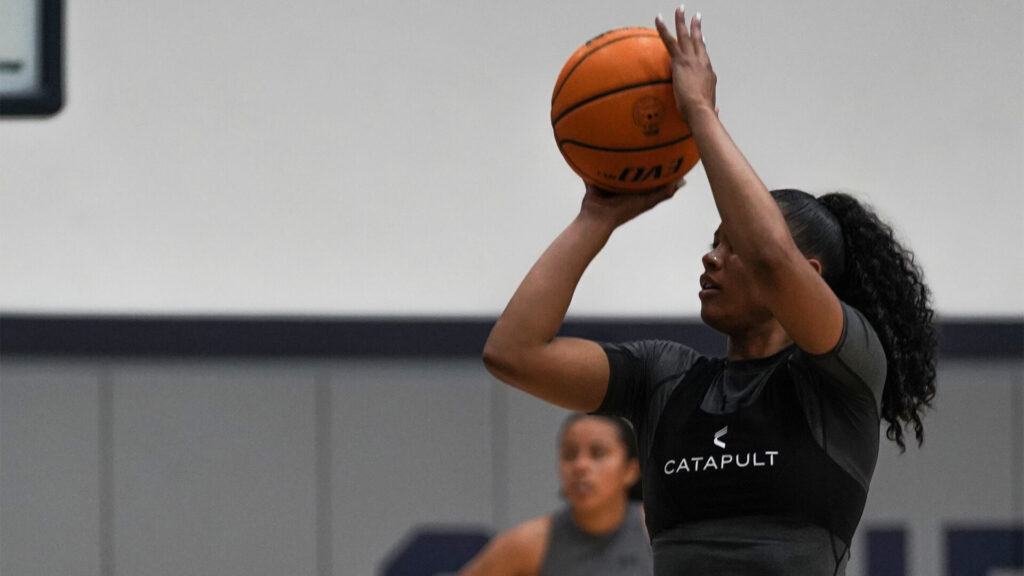
Best Practices for Injury Prevention
Warm-Up and Stretching
A thorough warm-up prepares muscles and joints for the demands of basketball. Begin with 5 to 10 minutes of light cardio such as jogging or skipping to raise body temperature. Follow with dynamic stretches that target the hips, hamstrings, quadriceps, calves, and shoulders. Leg swings, walking lunges, and arm circles improve flexibility and range of motion. Consistent warm-ups increase blood flow, reduce muscle stiffness, and lower the risk of strains.
Strength and Conditioning
Building strength in the core, lower body, and upper body stabilizes joints and supports proper biomechanics. Core exercises such as planks and Russian twists enhance trunk stability. For the lower body, focus on squats, lunges, and deadlifts to strengthen quadriceps, hamstrings, and glutes. Upper body work including push-ups and rows improves shoulder and back strength, which helps control arm positioning during rebounds and screens. A balanced program reduces stress on knees and ankles and improves overall power and resilience.
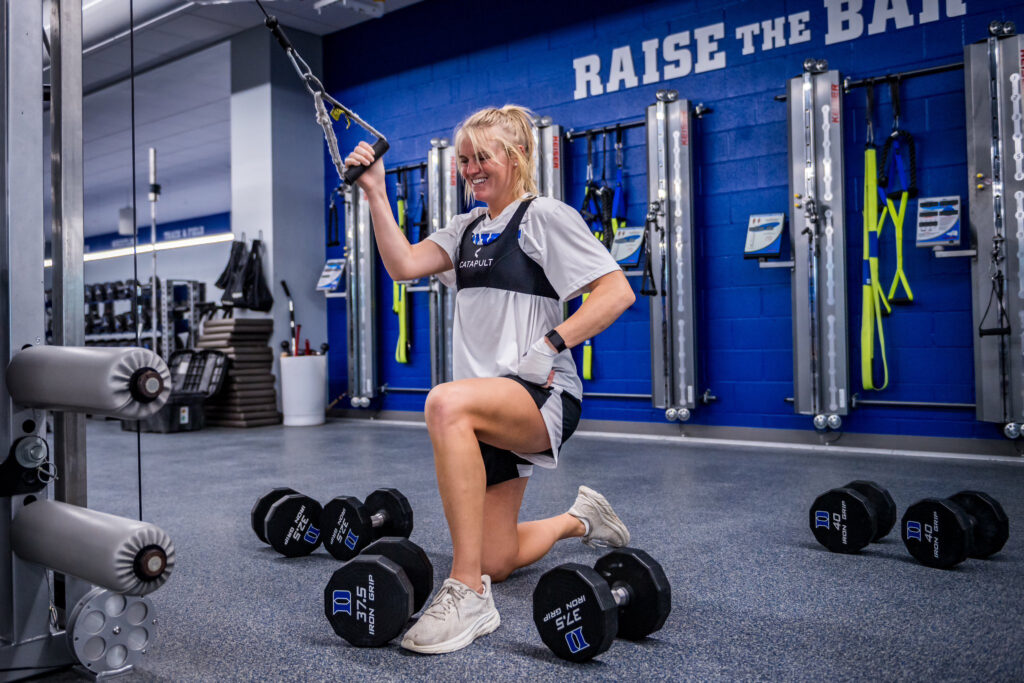
Proper Footwear and Ankle Support
Selecting basketball shoes with good ankle support and cushioning is critical. Look for high-top designs that lock the ankle and midsoles that absorb impact. Consider using ankle braces or taping for additional stability if you have a history of sprains. Proper footwear not only protects the ankle but also enhances traction on the court, reducing slips and awkward landings.
Balance and Landing Techniques
Practicing balance exercises and landing drills improves joint control during high-impact movements. Single-leg stands, bosu-ball squats, and lateral hops strengthen stabilizer muscles around the ankle and knee. When practicing jump shots and rebounds, focus on landing softly with bent knees and hips back over the ankles. Proper landing form disperses force evenly and prevents excessive load on any one joint. Regular work on these techniques creates safer movement patterns in game situations.
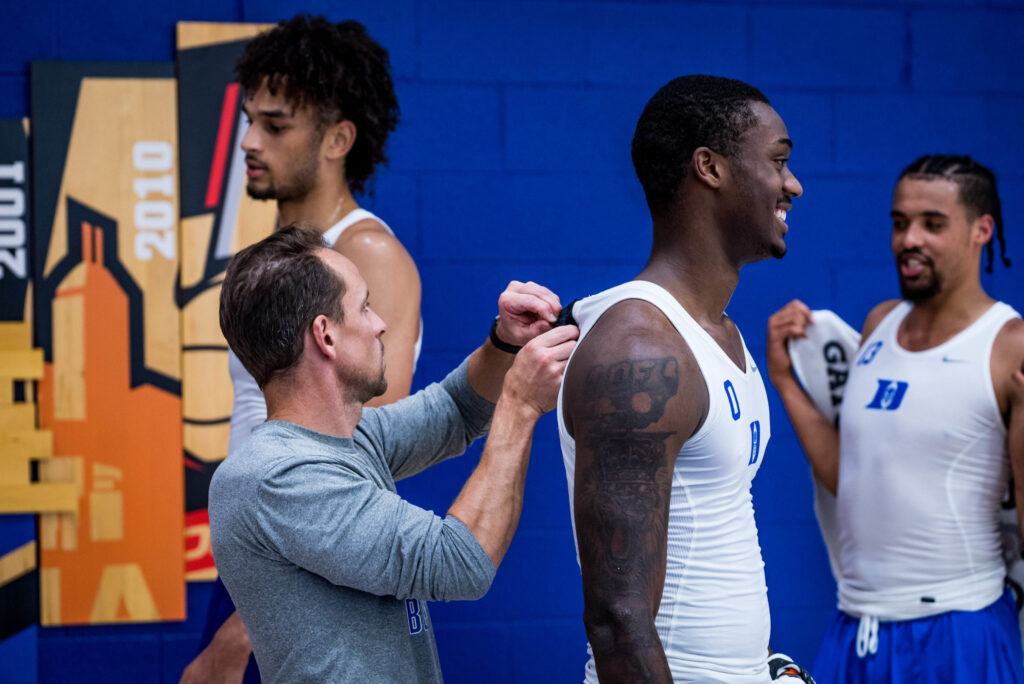
The Role of Athlete Monitoring Technology in Injury Prevention
Wearable Tech for Monitoring Workload
Advanced athlete monitoring systems use GPS trackers, heart rate monitors, and motion sensors to gather objective data on each player’s workload and physical exertion. Devices such as Catapult’s Vector Pro record metrics including total distance covered, high intensity sprints, accelerations, and decelerations. By reviewing these data points, coaching staff can identify spikes in workload that may signal emerging fatigue or overtraining. Early detection of these risk factors allows practitioners to adjust practice plans and recovery protocols before minor issues escalate into more serious injuries.
Learn more about game-changing athlete monitoring for basketball teams.
Fatigue and Recovery Management
Fatigue is a major contributor to both acute and overuse injuries. Athlete monitoring platforms aggregate workload data alongside wellness questionnaires and heart rate variability readings to create a comprehensive fatigue profile for each player. Coaches can use this information to tailor training intensity, prescribe active recovery days, or introduce additional rest to ensure players are not chronically overloaded. By fine-tuning training schedules based on individual recovery metrics, teams reduce the risk of injury from accumulated fatigue and help athletes maintain peak performance throughout the season.
Discover new standards in basketball athlete monitoring.
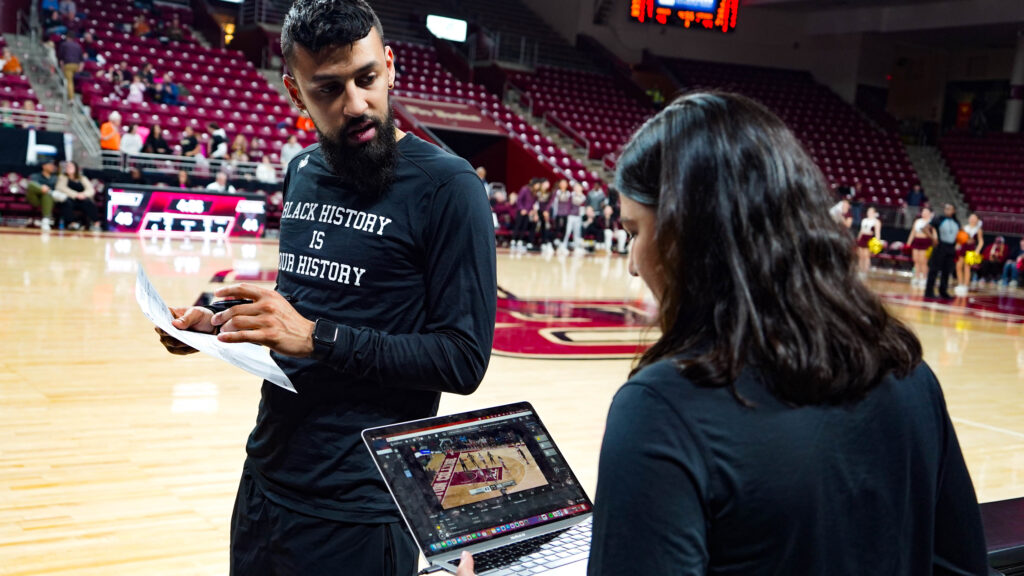
Using Video Analysis for Injury Prevention
Biomechanical Analysis
Video analysis tools such as Catapult Pro Video enable coaches to review athletes’ movement frame by frame. By examining jump landings, sprint strides, and cutting maneuvers, analysts can pinpoint deviations from ideal mechanics that increase injury risk. For example coaches can observe knee valgus during landings or excessive forward trunk lean when accelerating. These insights allow targeted corrections to posture foot placement and landing technique, reducing harmful joint loading and lowering the chance of strains and ligament tears.
Explore Pro Video for detailed analysis.
Tracking Injury-Prone Movements
Continuous video monitoring during practice and games helps identify patterns of movement that predispose athletes to injury. Analysts can tag instances of awkward landings rapid decelerations or poor pivoting technique. Over time this data highlights which players repeatedly exhibit risky mechanics. Coaches then design drills to reinforce safe movement patterns and adjust playing time or workload until mechanics improve. This proactive approach ensures athletes maintain proper biomechanics under fatigue and in high pressure moments.

Combining Best Practices with Technology
Effective basketball injury prevention merges traditional methods—dynamic warm ups strength and conditioning balance drills and proper footwear—with modern technology including wearable monitoring and video analysis. Warm up routines increase flexibility wearable data flags early signs of fatigue and video tools guide mechanical corrections. Together these strategies create a comprehensive framework that reduces injury risk and keeps players on court longer and performing at their best.
To see how Catapult’s athlete monitoring and Pro Video can enhance your injury prevention program: